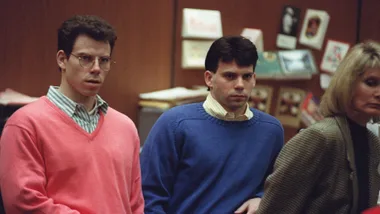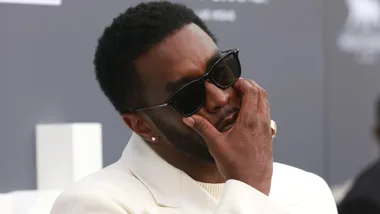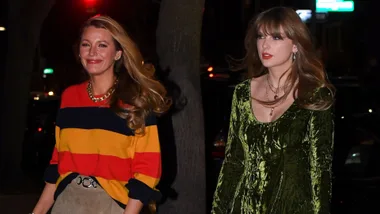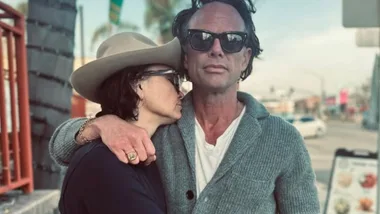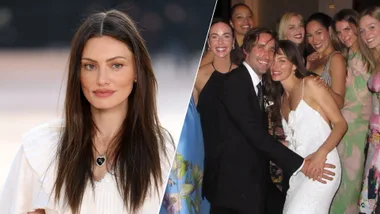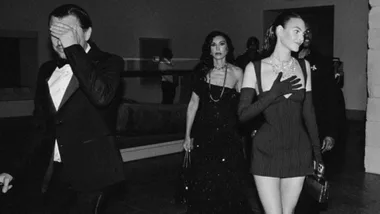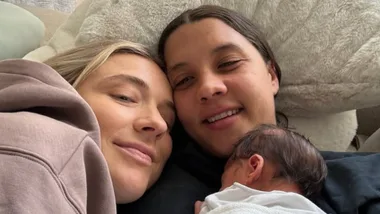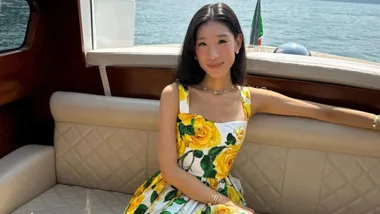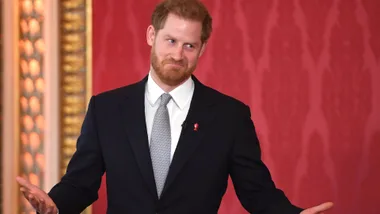Warning: the following contains serious spoilers.
Hands up, who else royally binged season three of The Crown over the weekend?
We sure did and no episode graced our screen without us promptly hitting the pause button to Google fact-check every single scene.
Did the Queen really cry during her famous Aberfan visit?
What ever happened to the BBC documentary on the Windsor clan?
But it was episode four – lovingly titled ‘Bubbikins’ – which left us frantically scouring the web for answers with Prince Philip’s mother, Princess Alice of Battenberg, given serious airtime in the cult Netflix series.
So who was Princess Alice and how much of the episode is based upon real life events?
Who was Princess Alice of Battenberg?
Unlike previous scenes, the fourth episode transports viewers outside of the Buckingham Palace walls to a mysterious Greek convent in 1967.
There, we are introduced to Princess Alice of Battenberg – a chain-smoking nun who is desperately trying to keep the place running in the wake of crippling finances and political uncertainty.
Princess Alice was born in 1885 at Windsor Castle and is the great-granddaughter of Queen Victoria who was present at the birth, as highlighted in The Crown. She spent a large number of years in Britain before eventually marrying Prince Andrew of Greece and Denmark in 1903 – just a year after falling in love at King Edwards VII’s coronation.
RELATED: Inside Princess Margaret And Lord Snowdon’s Tumultuous Marriage
The newlyweds lived in Greece and welcomed five children over a 12-year period. Their youngest and only son was Prince Philip, the Queen’s future husband.
In 1922, the entire family was exiled from the palace courtesy of Prince Andrew’s involvement in the Greco-Turkish War – which meant they fled the country.
The famous escape is touched upon in The Crown as Princess Anne mocks her father for fleeing in a lemon crate. In the crucial scene, the Duke of Edinburgh (played by Tobias Menzes) corrects her, noting that it was in actual fact an orange crate – a real-life anecdote still widely referenced to this day.
It was in the very same year that Princess Alice converted to the Greek Orthodox Church and founded the Christian Sisterhood of Marta and Mary, as explored in the episode.
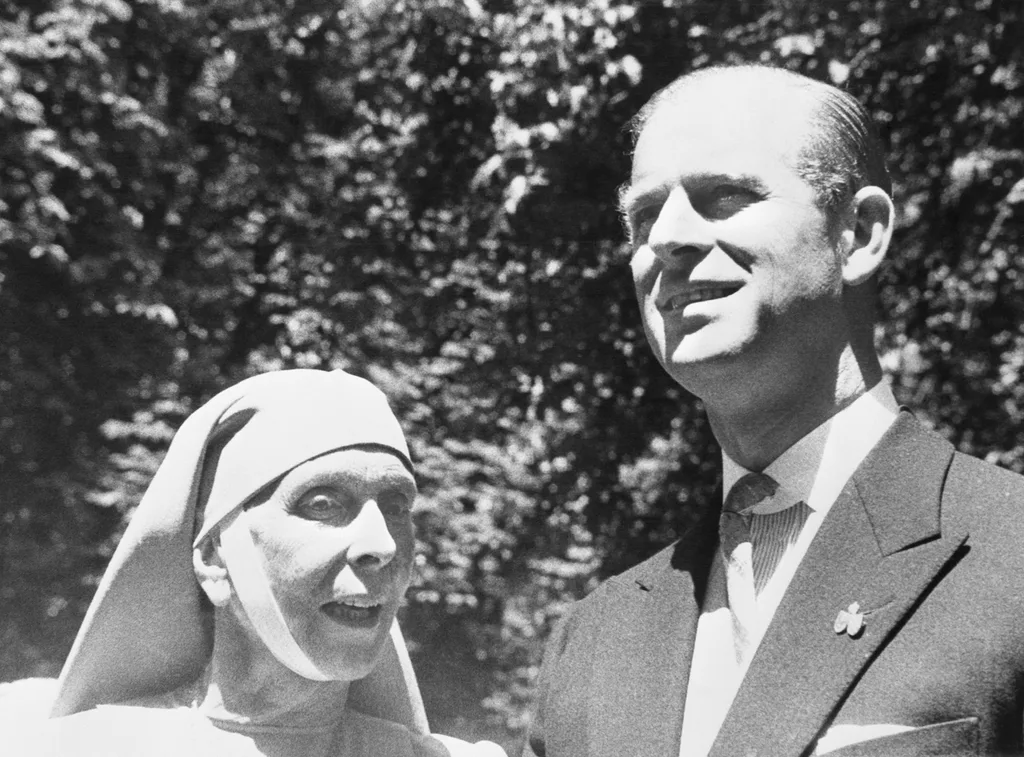
Was Princess Alice treated by Sigmund Freud?
During an impromptu interview with a journalist from The Guardian, Princess Alice opens up about being treated for schizophrenia by none other than Sigmund Freud. According to multiple reports, the royal was in fact diagnosed with the condition in the late 1920s after claiming to have received religious messages.
The royal was institutionalised in 1930 where she was prescribed a course of divisive treatment by the famous psychologist for over two years.
As per the episode, she reportedly underwent frequent x-rays on her ovaries (to reduce her libido) and electro-shock procedures.
Speaking out on her aunt’s time spent with Freud, Countess Mountbatten later revealed: “It was rather hushed up… I think my aunt would have suffered very much.”
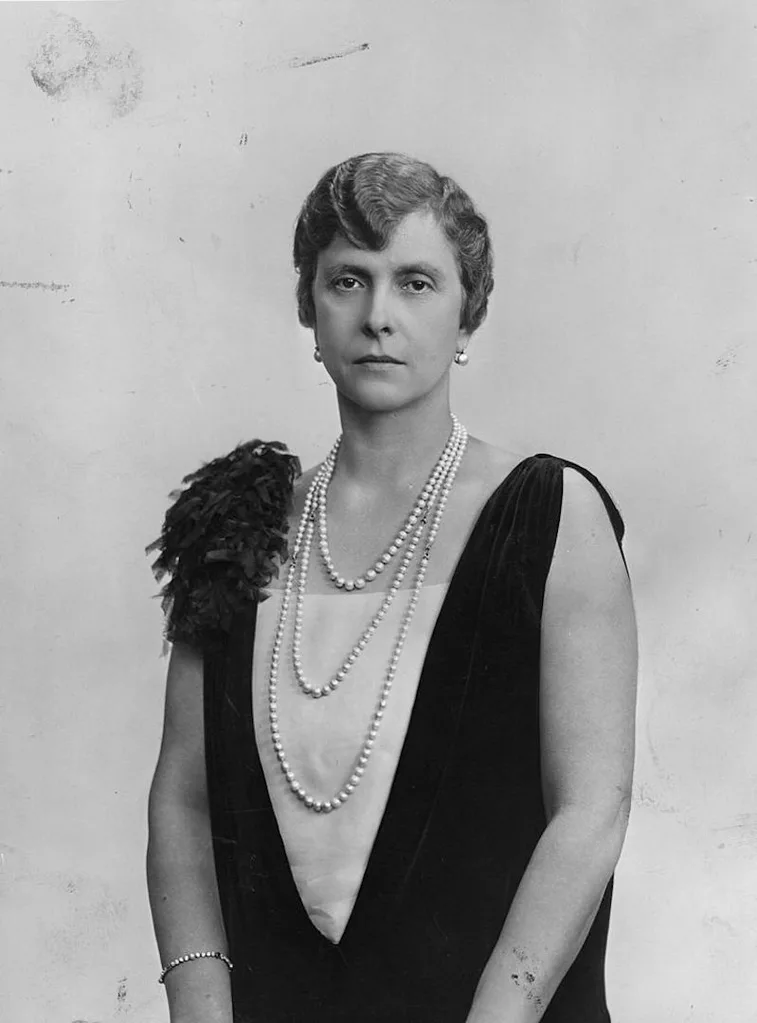
Did Princess Alice really call Prince Philip ‘Bubbikins’?
Throughout the episode, Princess Alice refers to her son as “Bubbikins” which was in fact her loving nickname for the royal.
According to the Radio Times, she penned a letter to her son and daughter-in-law in 1965 addressing Prince Philip as “Dear Bubbikins”.
What was Prince Philip’s relationship with his mother like?
As a consequence of her time spent in care, Princess Alice missed a great deal of her son’s life.
In season three of The Crown, Prince Philip is reluctant for his mother to stay in Buckingham Palace – worried that her presence will ruin the family’s attempt to regain the nation’s popularity with a BBC documentary.
But in actual fact, it was the Duke of Edinburgh (not Her Majesty) who invited her to stay at the royal residence after growing increasingly concerned over the political uncertainty in Greece.
It was’t until 1967 that she eventually moved into two rooms on the first floor of Buckingham Palace where she stayed until her death on December 5, 1969.
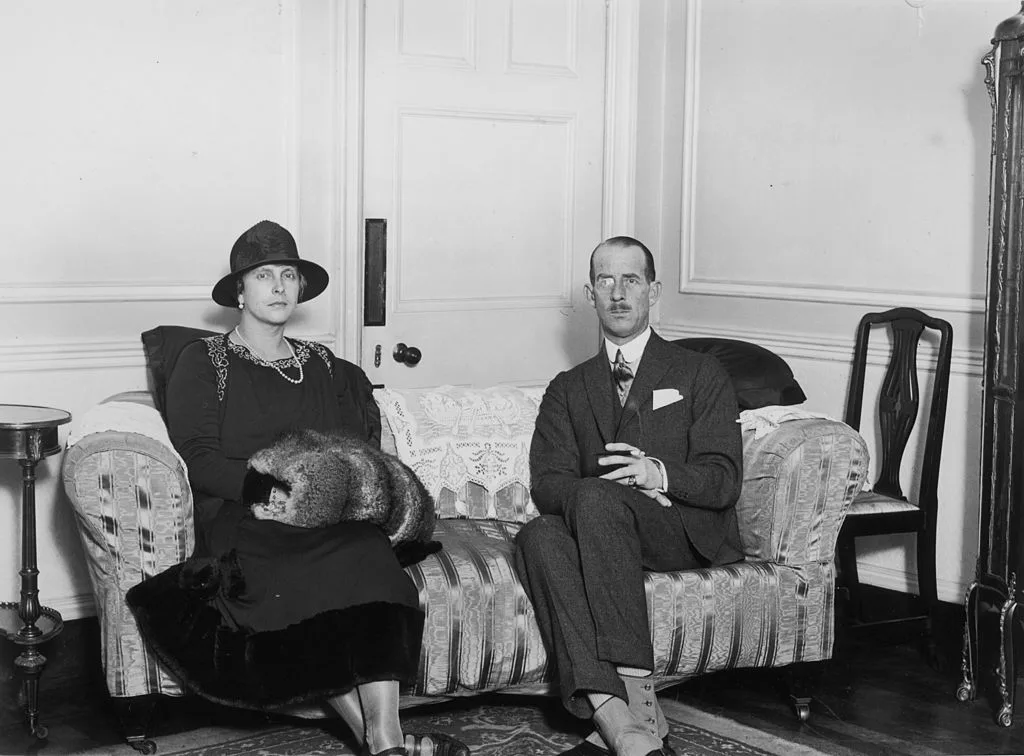
Was Princess Alice really interviewed by The Guardian?
In the episode, Prince Philip looks panic-stricken when he spots his mother speaking to the BBC crew through the window. Concerned that she may shatter the family’s desperate PR stunt, he orders staff to cut filming.
But it’s worth noting that this is strictly artistic license.
Reminding audiences that the Netflix drama is only loosely based on facts, the dates have been switched around. Princess Alice actually arrived at the London residence in 1967 and filming for the BBC documentary didn’t commence for another two years.
What happened to the BBC Royal Family documentary?
Episode four focuses upon The Firm’s desperate attempt to regain the public’s affection after Prince Philip sparked backlash by suggesting that the family may have to “move into smaller premises” if they do not receive more public budget.
As per the Evening Standard, there was in fact a documentary titled the Royal Family which focused upon the royals’ everyday life.
Released in 1967, the two-hour programme was reportedly watched by 23 million people and did receive some media criticism. But the scene which sees the Queen (Olivia Colman) order that the documentary be banned on a global scale isn’t true.
The documentary was shown once more on Christmas Day in 1969 and twice more on both New Year’s Day in 1971 and to mark the 20th year of Her Majesty’s reign.
Warning: the following contains serious spoilers.
Hands up, who else royally binged season three of The Crown over the weekend?
We sure did and no episode graced our screen without us promptly hitting the pause button to Google fact-check every single scene.
Did the Queen really cry during her famous Aberfan visit?
What ever happened to the BBC documentary on the Windsor clan?
But it was episode four – lovingly titled ‘Bubbikins’ – which left us frantically scouring the web for answers with Prince Philip’s mother, Princess Alice of Battenberg, given serious airtime in the cult Netflix series.
So who was Princess Alice and how much of the episode is based upon real life events?
Warning: the following contains serious spoilers.
Hands up, who else royally binged season three of The Crown over the weekend?
We sure did and no episode graced our screen without us promptly hitting the pause button to Google fact-check every single scene.
Did the Queen really cry during her famous Aberfan visit?
What ever happened to the BBC documentary on the Windsor clan?
But it was episode four – lovingly titled ‘Bubbikins’ – which left us frantically scouring the web for answers with Prince Philip’s mother, Princess Alice of Battenberg, given serious airtime in the cult Netflix series.
So who was Princess Alice and how much of the episode is based upon real life events?

